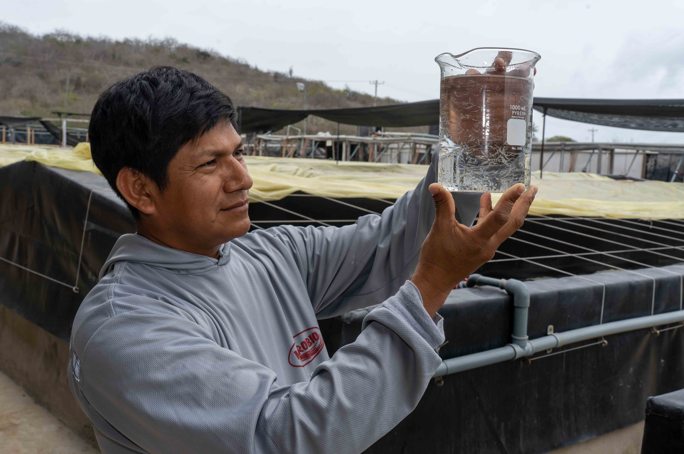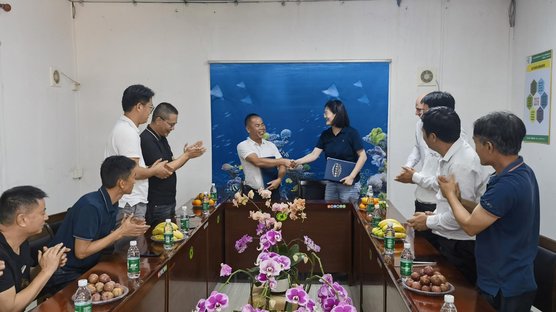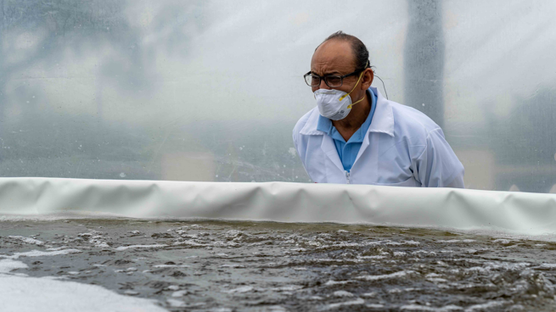
Published on March 29, 2021
Hatchery management and pathogen control for SPF L.vannamei
On March 22, Steve Arce, our Director of Technical Service for Kona Bay, joined a seminar organized by Aquafeed Hatchery & Management on shrimp diseases as one of the main presenters.
Steve talked about the importance of maturation and larviculture management in the hatchery and highlighted ways to control diseases.
The best way to control diseases in a shrimp hatchery is by using SPF broodstock. SPF that stands for Specific Pathogen Free is an absolute necessity to uphold the biosecurity of a hatchery. Next to that, it maximizes the genetic potential of the broodstock, post-larvae and shrimp to deliver improved performance and production results.
Steve explains the parameters for water quality, broodstock nutrition, maturation feeding and so on, before he touches upon some well-known diseases like molding issues, gill disease and nauplii deformity. Sit back and learn from an expert in the industry who shares his knowledge that is based on years of experience in the main shrimp producing countries around the world.



